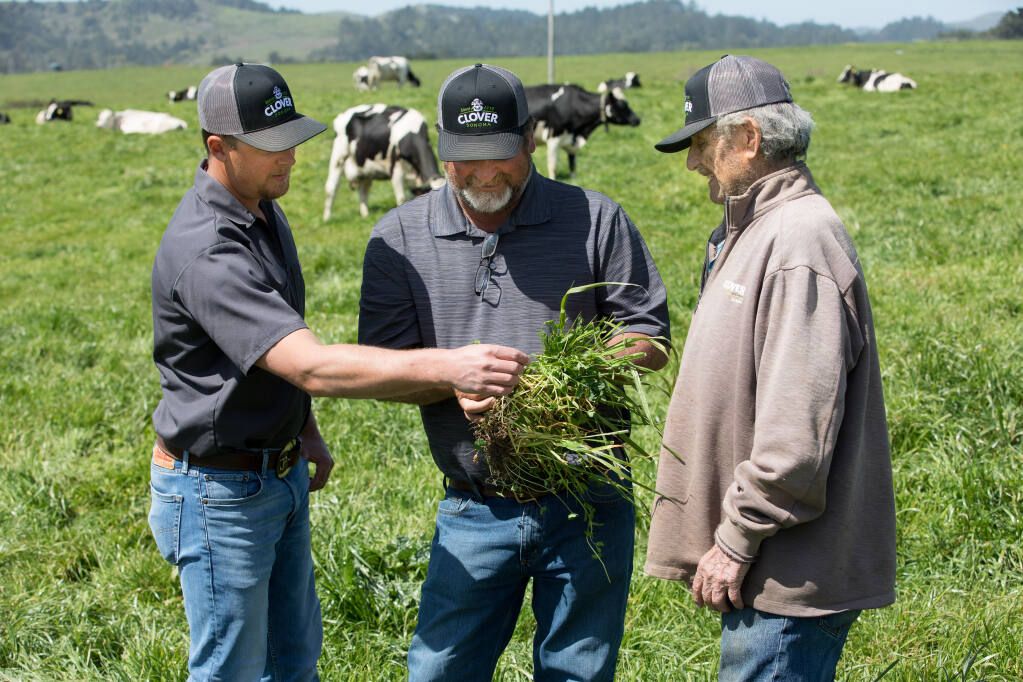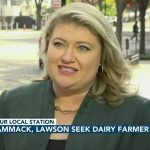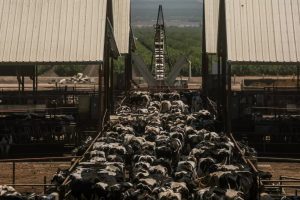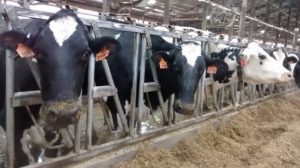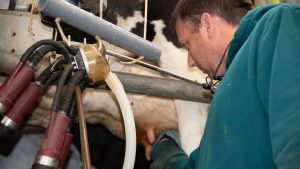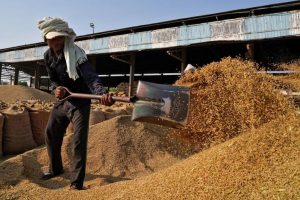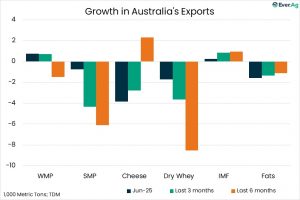
So when Gov. Gavin Newsom proposed spending $15 billion to take on climate change, agricultural commissioners, farm bureaus, farmers and regenerative farming advocates across the North Bay applauded.
But they asked, what about tomorrow?
“We’re excited about all these funds going to ag-related programs. I mean, look at what’s happening in the world today with climate change. But we need to think long-term. What about five years from now?” Marin County Agriculture Commissioner Stefan Parnay said.
“Five years? We have to build out drought resilient projects across the state. And we continue to invest in water resiliency portfolio with more storm water capture projects. I’m confident we’ll make progress toward it (in the coming years),” California Secretary of Natural Resources Wade Crowfoot told the Business Journal on a conference call to discuss the $5.2 billion water and drought resiliency part of the package.
Another component to the package earmarks $1.1 billion for sustainable agriculture that supports healthy soils farming methods such as composting.
“Fully funding the Healthy Soils program will provide additional incentives for farmers and ranchers to utilize compost,” Recology spokesman Robert Reed said. “That’s great news for everyone. The message is clear. Applying compost is very beneficial to soil health, plants, and the overall environment.”
But many stakeholders contend that it will take more than government money to solve climate change.
A San Francisco-based nonprofit has established a program to get funding to farmers by asking restaurant customers to chip in at their tables when the bill comes. That money, in turn, ends up with the farmer that wants to implement these kinds of healthy soils programs.
Healthy soil practices create a win-win for ag land by sequestering carbon out of the atmosphere and moisturizing and therefore repairing the dry land with compost.
Even so, the leader of the nonprofit, Zero Foodprint Executive Director Anthony Myint, contends the nation has a long way to go to make up for lost time, estimating necessary climate change initiatives would amount to $1 trillion a year to fix the damage.
“Fifteen billion is a drop in the bucket,” he said.
His group, formed in 2019, has worked to capture 18,000 tons of carbon collectively in its various efforts contracting with 31 farmers on grant projects valued at $560,000. Zero Foodprint dedicates 5% of proceeds to operating expenses. Myint has signed on one Sonoma County dairy farm to channel $25,000 on a $40,000 project aimed at spreading 35 tons of compost over a 25-acre section of the property.
Bringing it home
Josh Perucchi, a third-generation dairyman producing milk off Bodega Highway, said in certain circumstances they are no longer plowing every year and having compost delivered instead.
“Honestly, (the $15 billion) is just a drop in the bucket when you consider we’re so far behind — even if we changed everything. If it doesn’t rain this year, we’re going to be hurting,” said Perucchi, who is running with his father and grandfather one of Clover Sonoma’s 30 contracted dairy farms.
Juggernaut of solutions
Clover announced this week it intends to use the first “post-consumer” gallon milk jug made exclusively with recycled materials such as aluminum, cardboard, paper and plastic. The “PCR” jugs will initially show up on shelves in the first quarter of 2022.
Clover Sonoma has been on the protect-the-environment fast track for years, supporting creative, unconventional solutions designed to reduce the company’s carbon footprint and waste output while funding Clover Cares, the dairy-product distributor’s philanthropic arm, with 5% of its profits.
“We’re figuring out ways to help the farmers more and more,” Clover Sonoma Chief Revenue Officer Kristel Corson said. “And I think companies want to do more. I just don’t think we’ve seen yet how to connect farmers to the money they need. But we’ve found that nonprofit partners like (Zero) Foodprint helps the farmers much faster.”
And there lies the challenge for government. Can it work fast enough to slow or stop the menacing impacts of climate change and to what extent does the private sector need to step in to add onto the $15 billion package?
The answer may rest with government’s ability to work with the private sector “to adapt and change” to evolving conditions — especially in respect to working with the business community, as California Farm Bureau Robert Spiegel pointed out.
Spiegel would like to see the state provide more incentives for farmers who see the light in the need to adopt healthy soils programs and upgrade to cleaner equipment to meet a zero emissions target by 2035.
The incentives, ranging from forest health to emissions reductions, are highlighted here.
For example, the Farmer program run by the California Air Resources Board allocates funding for farmers who want to invest in new equipment like diesel engine upgrades that reduces air pollution, but the incentives don’t go far enough.
“About $750 million is needed. They have about half that,” Spiegel said. “There’s definitely a willingness to do it, and we’ve made substantial progress. But we’re not yet there on a large scale to meet the air quality mandates.”
But Spiegel recognizes farmers are a resilient bunch, even if it means seeing the iceberg before the Titanic hits it.
“Farmers are always the canary in the coal mine,” he said.
Highlights of the climate action package
$5.2 billion for water and drought resilience
$1.1 billion for climate smart agriculture
$1.5 billion for wildfire and forest resilience
$3.9 billion for zero-emission vehicles
Susan Wood covers law, cannabis, production, biotech, energy, transportation, agriculture as well as banking and finance. For 25 years, Susan has worked for a variety of publications including the North County Times, now a part of the Union Tribune in San Diego County, along with the Tahoe Daily Tribune and Lake Tahoe News. She graduated from Fullerton College. Reach her at 530-545-8662 or susan.wood@busjrnl.com
